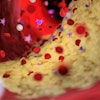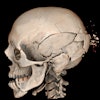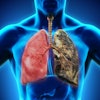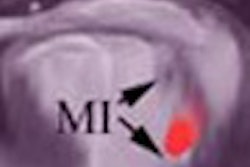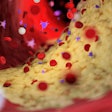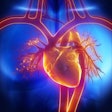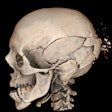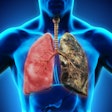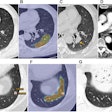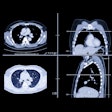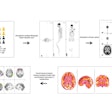SAN FRANCISCO - MRI and CT can reveal cryptococcal meningitis (CM) in nonimmune-compromised patients, according to a presentation last week at the Infectious Diseases Society of America (IDSA) meeting.
Neuroimaging studies are generally not useful in AIDS patients with CM, an invasive fungal infection of the central nervous system. Previous studies have indicated that both MR and CT underestimate disease extent in immunocompromised patients (American Journal of Neuroradiology, September-October 1992, Vol. 13:5, pp. 1477-1486).
But head CT and MRI are more useful for CM diagnosis in non-AIDS patients, according to Dr. I. Zafer Ecevit, an infectious disease specialist at the University of Florida College of Medicine in Gainesville. "Multifocal edema, leptomeningeal enhancement and dilated Virchow-Robin space should raise a suspicion for cryptococcal meningitis," he said.
In their poster, Ecevit and colleagues described 10 CM cases in patients with an age range of 30-61 years. Eight of the patients had no significant medical conditions, while two had liver cirrhosis. The CM diagnosis was delayed by more than two months in eight patients. Seven of the 10 patients died.
All the patients had noncontrast head CT scans, which were performed before a CM diagnosis was made. "None of those test (results) were remarkable," Ecevit said.
However, more useful information was found using either CT with contrast media (done in five patients) or MRI (eight patients). The imaging studies identified focal brain edema in all 10 cases, leptomeningeal (LM) enhancement in eight, new infarcts in seven, and hydrocephalus in six. Dilated Virchow-Robin space in four patients was considered "classically specific for cryptococcal meningitis."
"Edema in all cases began as small multifocal lesion. In two patients these expanded to the entire brain surface, leading to brain herniation. LM enhancement occurred without parenchymal involvement, and likely vasculitis of small LM vessels," the group wrote.
Among the survivors, edema resolved within two months following diagnosis and LM enhancement lasted as long as three months.
Ecevit's group concluded that contrast-enhanced CT and MRI were more sensitive than noncontrast CT. They said that serial imaging suggested that CM progressed from vasculitis to ischemia to edema to infarct. Infarcts were associated with mortality in cases, they added.
By Edward Susman
AuntMinnie.com contributing writer
October 10, 2005
Related Reading
Antibiotic treatment for bacterial meningitis should precede CT scan, October 28, 2005
Copyright © 2005 AuntMinnie.com
